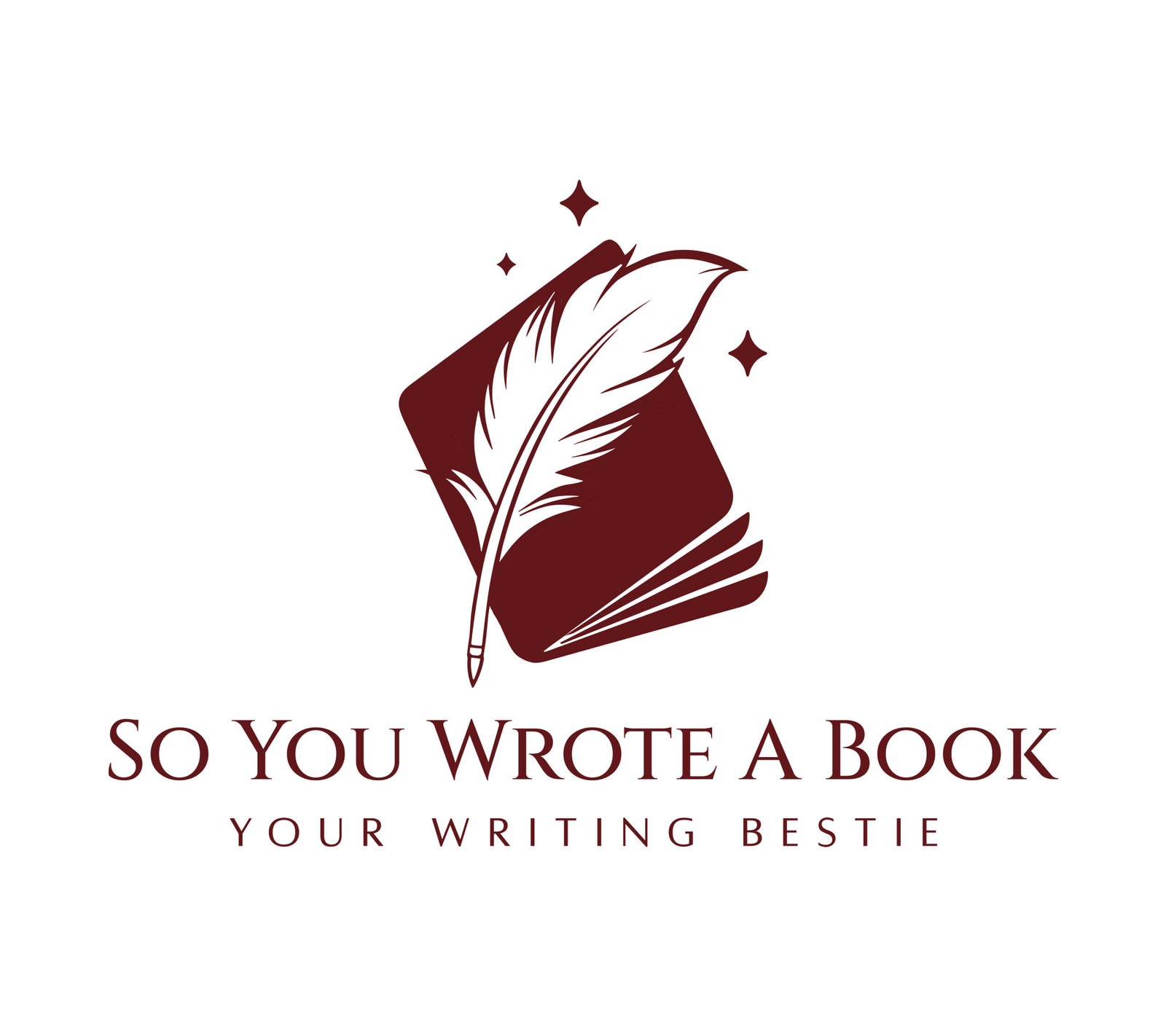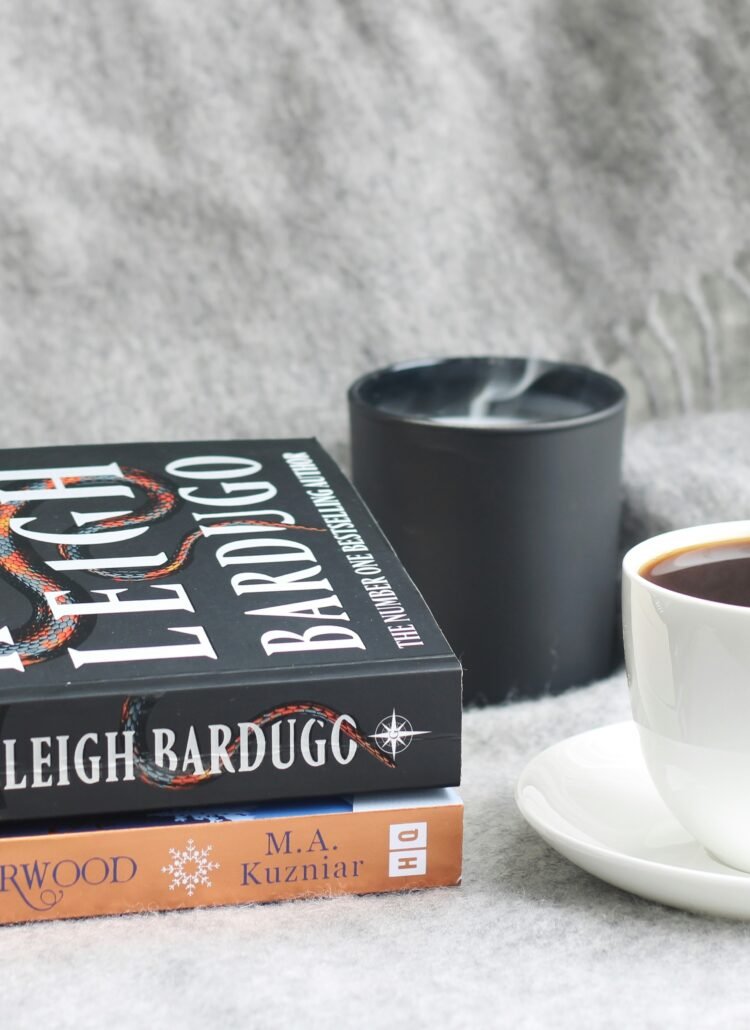You’ve got a novel in the works, and whether it’s half-finished, almost done, or sitting as a pile of notes, there’s one task that’s likely looming over your head: the synopsis.
The word alone is enough to make most writers groan.
How are you supposed to condense your big, beautiful, complex story into a couple of pages? And what if you haven’t even written the ending yet?
Having a synopsis (even a messy one) can help you understand your story’s big picture, refine its structure, and pinpoint what makes it special.
Plus, if you’re gearing up to pitch to agents and publishers, or even preparing for self-publishing, a solid synopsis is your golden ticket.
But here’s the best part: you don’t need a fully polished novel to start crafting one. In fact, writing a synopsis while you’re still drafting can clarify your vision and guide you toward a stronger final product.
So grab your favourite notebook, open that half-empty Scrivener file, and let’s dive into how to write a synopsis – even if you’re not quite finished with your story yet.
You might also want to learn how to craft the perfect blurb or your once-sentence novel descriptor.
What Is a Synopsis?
Before we dive into how to write a synopsis, let’s clear up what it actually is. A novel synopsis is a concise, clear summary of your story that highlights the major plot points, character arcs, and themes. Think of it as a ‘story blueprint’ for anyone who might need to get up to speed with your novel quickly – whether that’s a literary agent, an editor, or even yourself!
Unlike a blurb (that enticing, back-of-the-book hook), a synopsis dives deeper into the plot and characters. It reveals the overall trajectory of the story, including the beginning, middle, and end. It’s like the skeleton of your novel, only with a little more flesh and definitely more personality.
You don’t need to include every minor detail, but you should cover the core beats – the ones that make the story tick.

How Long Should Your Synopsis Be?
Ah, the age-old question: how long does your synopsis really need to be? The answer, of course, depends on who you’re submitting to and the purpose of the synopsis.
Here’s a general guideline:
For Agent or Editor Submissions
If you’re planning to submit your manuscript to an agent or editor, they’ll typically want a synopsis that’s somewhere between 1 to 2 pages (single-spaced).
Why this range? It’s just enough space to provide a clear, concise overview of your plot and characters, without going overboard. You want to be brief, but thorough. This is the highlight reel of your novel, not the full documentary, so avoid getting bogged down in minute details.
- 1 page synopsis: This is ideal if your novel has a straightforward plot, doesn’t involve too many subplots, and has a relatively simple character arc. In this case, you can keep it tight – about 400–500 words, or roughly 1 single-spaced page.
- 2 page synopsis: If your novel has multiple plot lines, complex character arcs, or twists that need some explanation, a 2-page synopsis is the way to go. It gives you enough room to summarise the story in more depth without feeling like you’re giving away every detail.
For Personal Use (or Writing Practice)
If you’re just writing the synopsis for your own clarity, a 1-page version is usually more than enough. The goal is to outline the key points of the story to help you keep track of the plot as you go along. You don’t need to obsess over word count; just focus on getting the bones of the story down in a way that makes sense to you.
For a Submission with Specific Guidelines
Always, always check the submission guidelines of the agent, publisher, or contest you’re submitting to. Some will provide exact instructions on length. For example, you might be asked for a 500-word synopsis or a 3-page synopsis. If a specific length is required, stick to it.
Agents and editors often receive tons of submissions, and they appreciate when writers follow the rules.
And remember: when in doubt, lean on quality over quantity. A tight, impactful synopsis will always make a better impression than one that’s overstuffed with unnecessary details.
How a Synopsis Differs from a Blurb or Logline
Now that you’ve got a grasp on what a synopsis is, let’s quickly break down how it differs from a blurb or a logline, because these terms can often get mixed up – and they each serve very different purposes.
Blurb
A blurb is that enticing little hook you see on the back of a book or in a promotional email. It’s designed to draw readers in and make them want to buy or read your book. It’s short (typically 150–200 words) and focuses on intrigue, excitement, and emotion. Think of it as the teaser of your book, highlighting the most compelling aspects of the plot without giving away too much.
While a synopsis explains your entire story from start to finish, a blurb is all about selling the experience. It’s designed to give potential readers a taste without spilling all the beans.
One-Sentence Descriptor (Logline)
A once-sentence descriptor (or logline) is a super-condensed version of your story, usually just one sentence (sometimes two). It’s used mostly for pitches to agents, producers, or anyone who needs to get the gist of your story in a split second. Unlike a blurb, which is more emotionally driven, a logline is about laying out the premise – who the protagonist is, what they want, what’s standing in their way, and why it matters.
A one-sentence descriptor is typically a bare-bones outline of your story’s central conflict, without the nuances or resolutions.
The big difference:
- Synopsis: A detailed, comprehensive summary of your story (beginning, middle, end) that reveals the plot, character arcs, and resolution. It’s a longer, full-picture overview.
- Blurb: A short, attention-grabbing description designed to hook potential readers, focusing on tone and intrigue.
- Logline: A concise, punchy sentence or two that sums up the core conflict of your story, often used as an elevator pitch.
Each has its own place in the publishing process, so don’t confuse them!

How to Write a Novel Synopsis
Ready to dive into the how? Let’s break this down step by step.
Step 1: Start with the Basics
First thing first, even if your draft is unfinished, you can still outline the basic structure of your story.
Start with these core elements:
- Protagonist: Who is your main character? What do they want? What’s their motivation?
- Antagonist: Who or what stands in the way of your protagonist’s goal? What’s the central conflict?
- Setting: Where and when does the story take place? How does the setting impact the plot or theme?
- Main Plot Points: What are the key moments that drive the story forward? (You don’t need to include every scene – just the big ones!)
- Resolution: How does the story end, and how does it resolve the main conflict?
At this stage, you don’t need to get bogged down by every little detail. Focus on the big picture – your protagonist’s arc, the primary conflict, and the general flow of events.
Step 2: Find the Heart of Your Story
Think about what makes your story unique. What’s the emotional core of the novel? Is it about overcoming personal trauma, saving the world, or finding love against all odds? This is the ‘theme’ of your story, and it’s important to convey it in your synopsis.
Once you’ve identified your protagonist’s journey and your theme, use those as a guide when describing the plot in your synopsis.
The emotional hook is often what makes your story stand out, so don’t bury it under plot details.
Step 3: Draft a One-Sentence Summary
At this point, you should be able to sum up your story in one sentence or you may have already done so with your one-sentence descriptor. Doing this can be a great way to get started with your synopsis!
Check out our handy guide to writing a one-sentence descriptor (with examples and a template for how to write your own).
Step 4: Expand the Summary (But Keep It Tight)
Once you’ve got your one-sentence summary, it’s time to expand. This is where you’ll give a more detailed breakdown of the plot, but you still want to keep it concise. Aim for a 1–2 page synopsis, depending on the guidelines you’re following.
Start with the beginning: Who is the protagonist? What do they want? Then move into the middle: What obstacles do they face? What are the major turning points? Finally, describe the conclusion: How does it all resolve?
Keep these pointers in mind:
- Keep it focused: Avoid side plots and unnecessary details. Stick to the core narrative.
- Use active language: Your synopsis should pop. Keep it dynamic, using strong verbs and clear, concise language.
- Stay in the present tense: Even if your story is in the past or future, write your synopsis in the present tense (e.g., ‘Katniss must fight…’).
- Include character motivations: Why does your protagonist do what they do? Show us why they’re making the choices they’re making.
Step 5: Edit, Polish, and Get Feedback
Once you’ve written your synopsis, put it down for a day or two (or even a week if you can afford it). Come back to it with fresh eyes and revise. Does it read smoothly? Is the pacing clear? Does the synopsis convey the emotional core of the story?
It’s also a good idea to get feedback. Share it with a trusted friend or fellow writer who can give you an honest critique. They’ll point out things you might have missed or help you clarify sections that are too vague or convoluted.

Tips for Writing a Synopsis That Sells
Want to make your synopsis even stronger? Here are some pro tips:
- Be confident: Even if you’re not done with the draft, act like you know what you’re doing! A synopsis is a snapshot of your story, so it should sound like it’s already a finished, polished piece.
- Embrace the twists: If your novel has unexpected plot twists or complex character arcs, don’t shy away from them. A good synopsis will highlight the most dramatic or unique elements of your story.
- Leave the ‘how’ to the writing: Focus on what happens in your story, not the specific how of each scene. The agent or editor wants to know the big-picture events, not a play-by-play breakdown.
- Avoid spoilers: Don’t give away every twist or reveal, but be clear about the resolution. Remember, you’re not trying to keep the entire plot a secret – you just want to tease the most important parts.
Writing a synopsis while your novel is still a work in progress can seem like a Herculean task, but it’s actually a great way to solidify your vision for the story. Whether you’re using it as a guide for yourself or a tool to pitch your book to agents or publishers, the synopsis is an essential part of the writing process.
By breaking it down into manageable steps and keeping the focus on the core of your story, you can write a synopsis that serves your needs right now – and leaves room for flexibility as you continue writing.
So, stop procrastinating! Get to work on that synopsis, and remember: you’ve got this!
Abbie xoxo
Working on your author package? Here are a few other things you may want to write!
How to Write the Perfect Blurb for Your Novel





